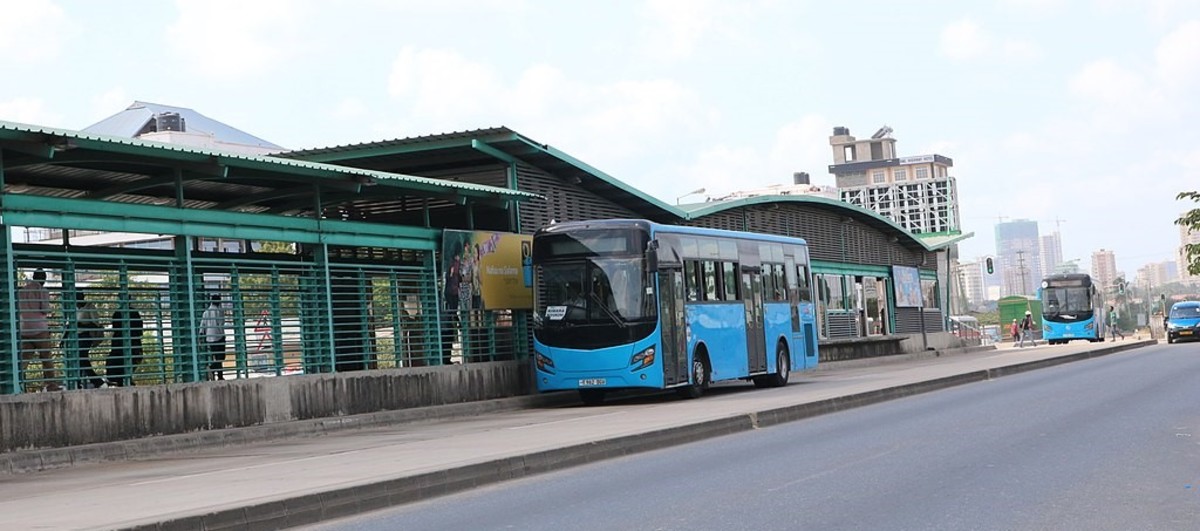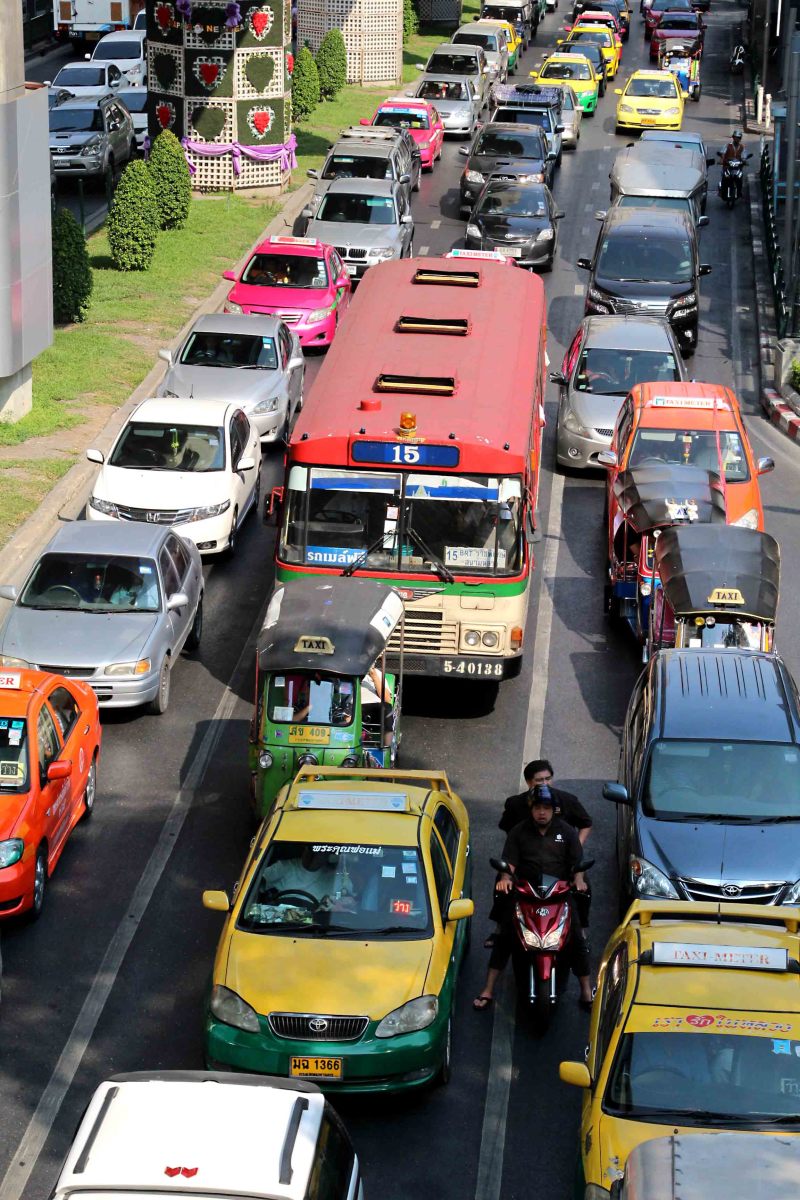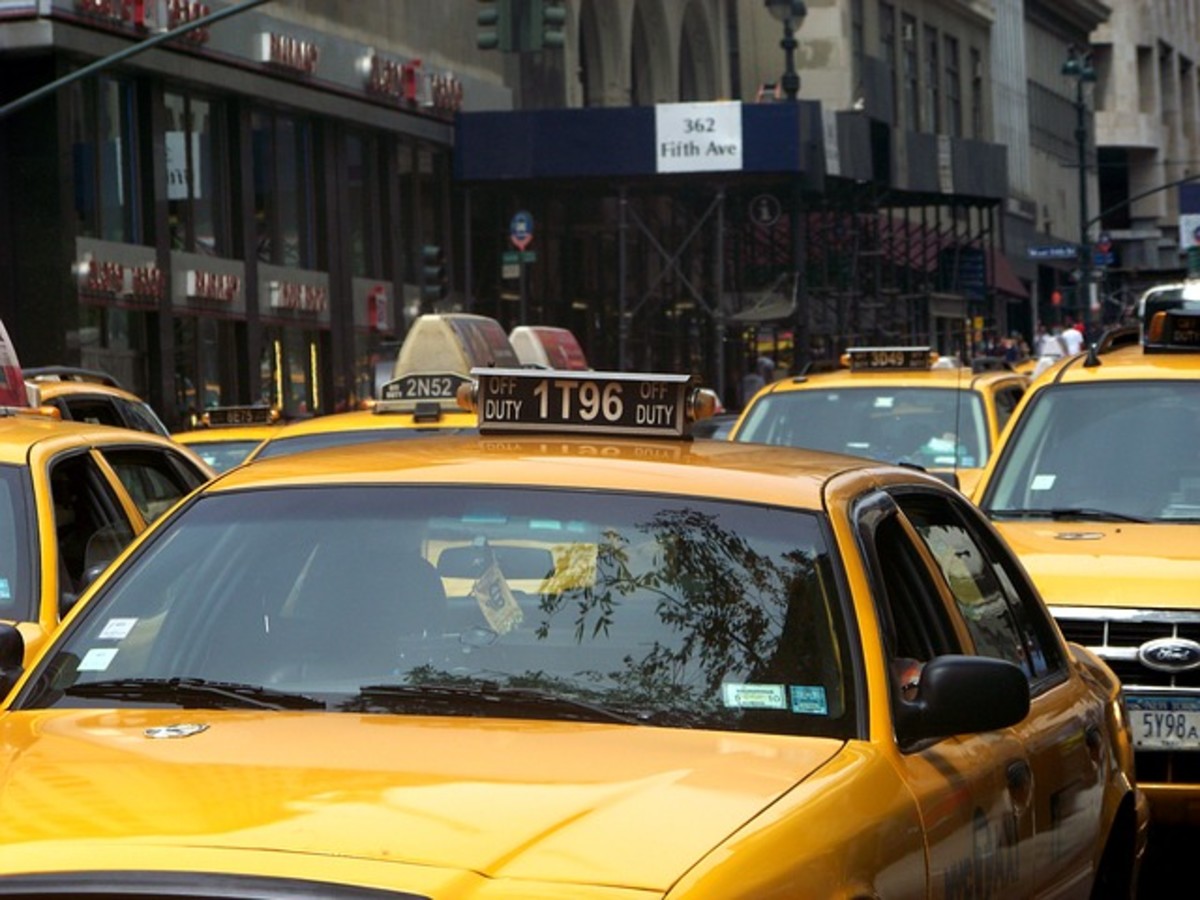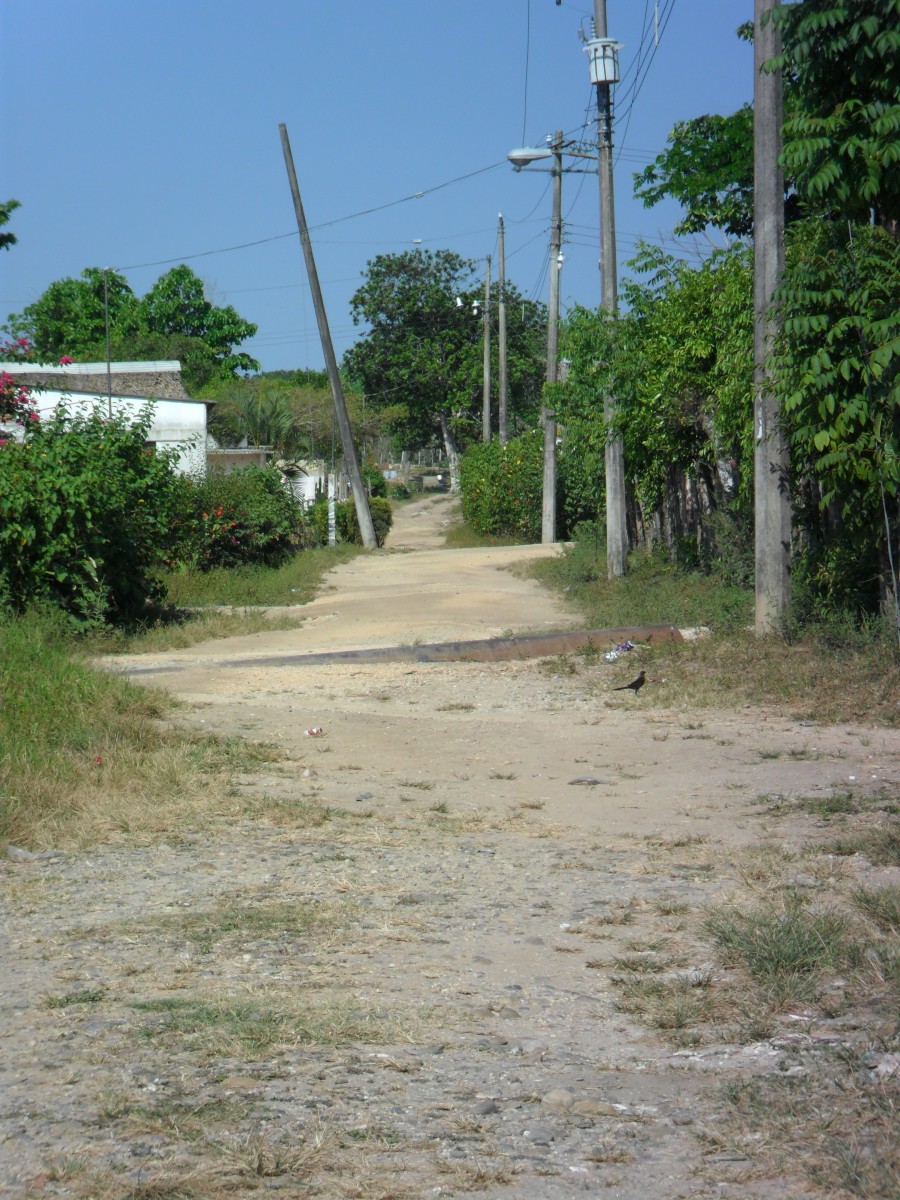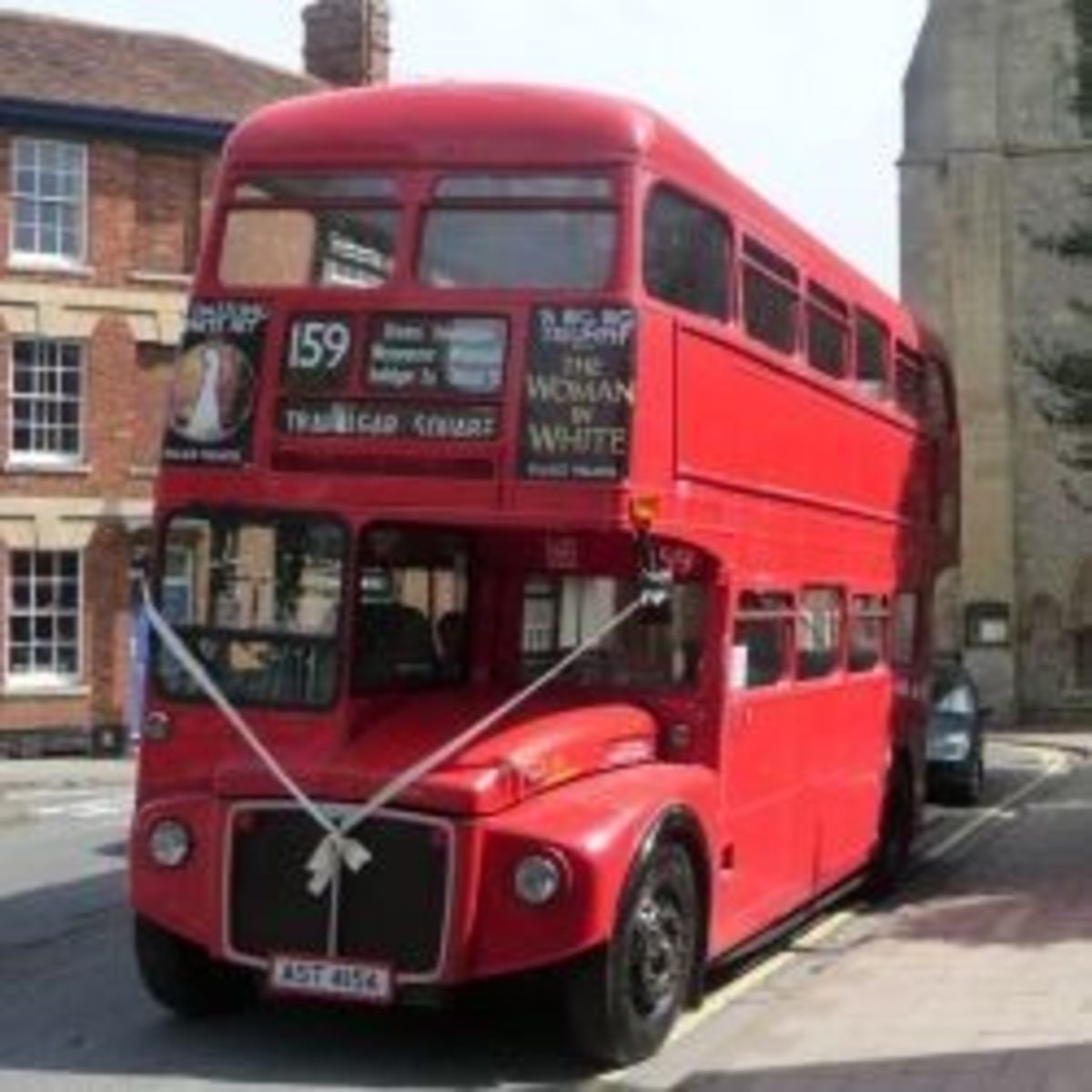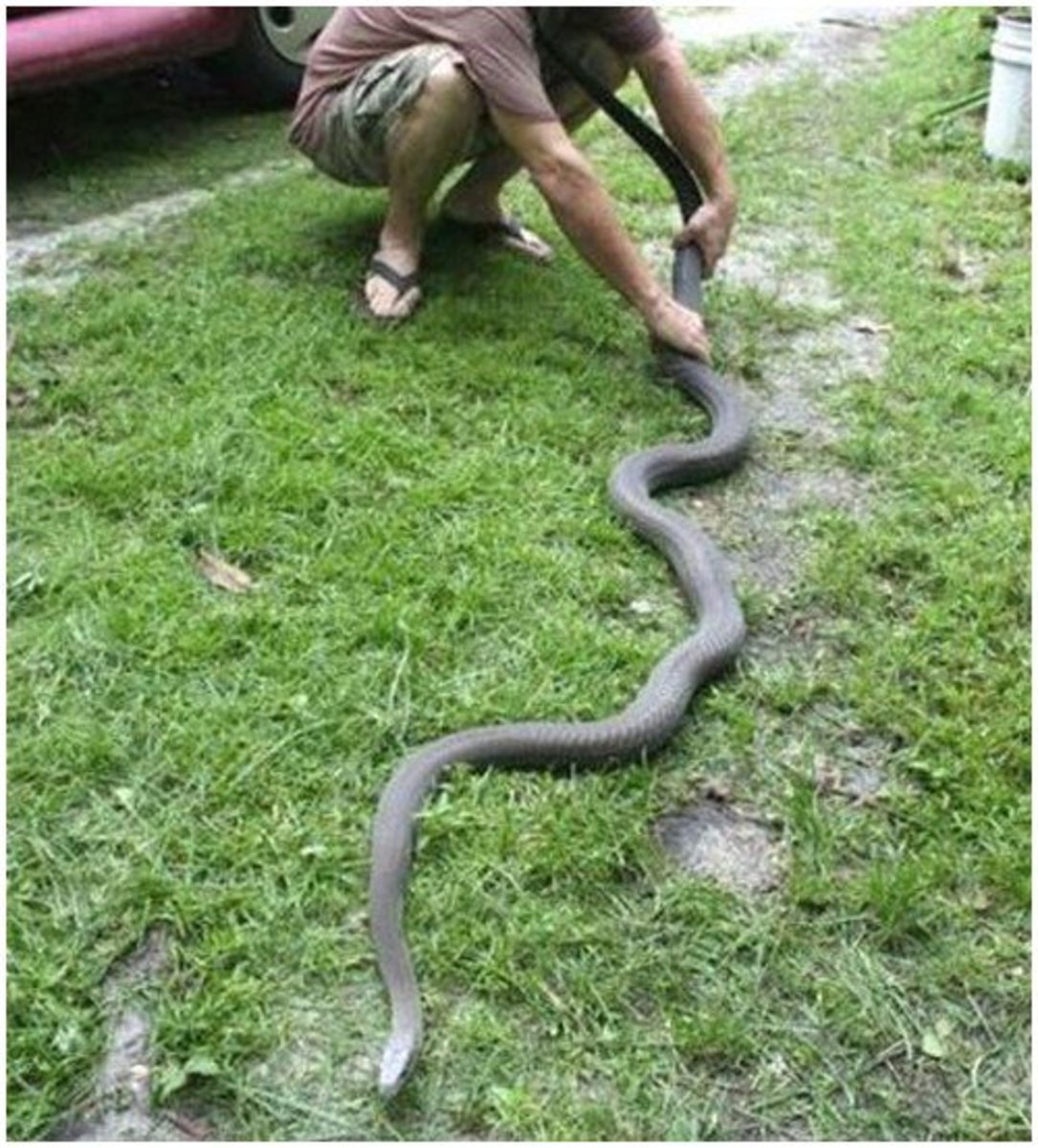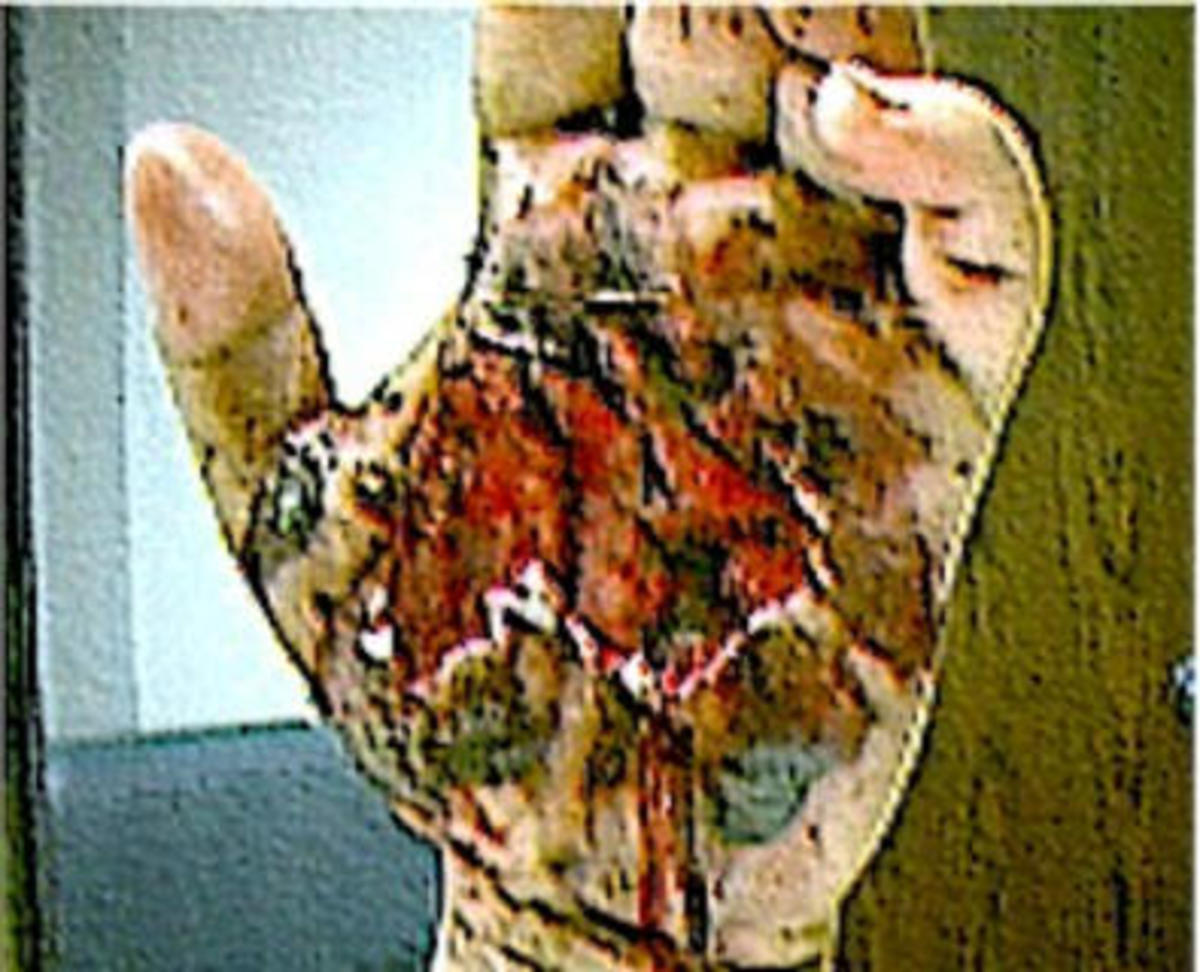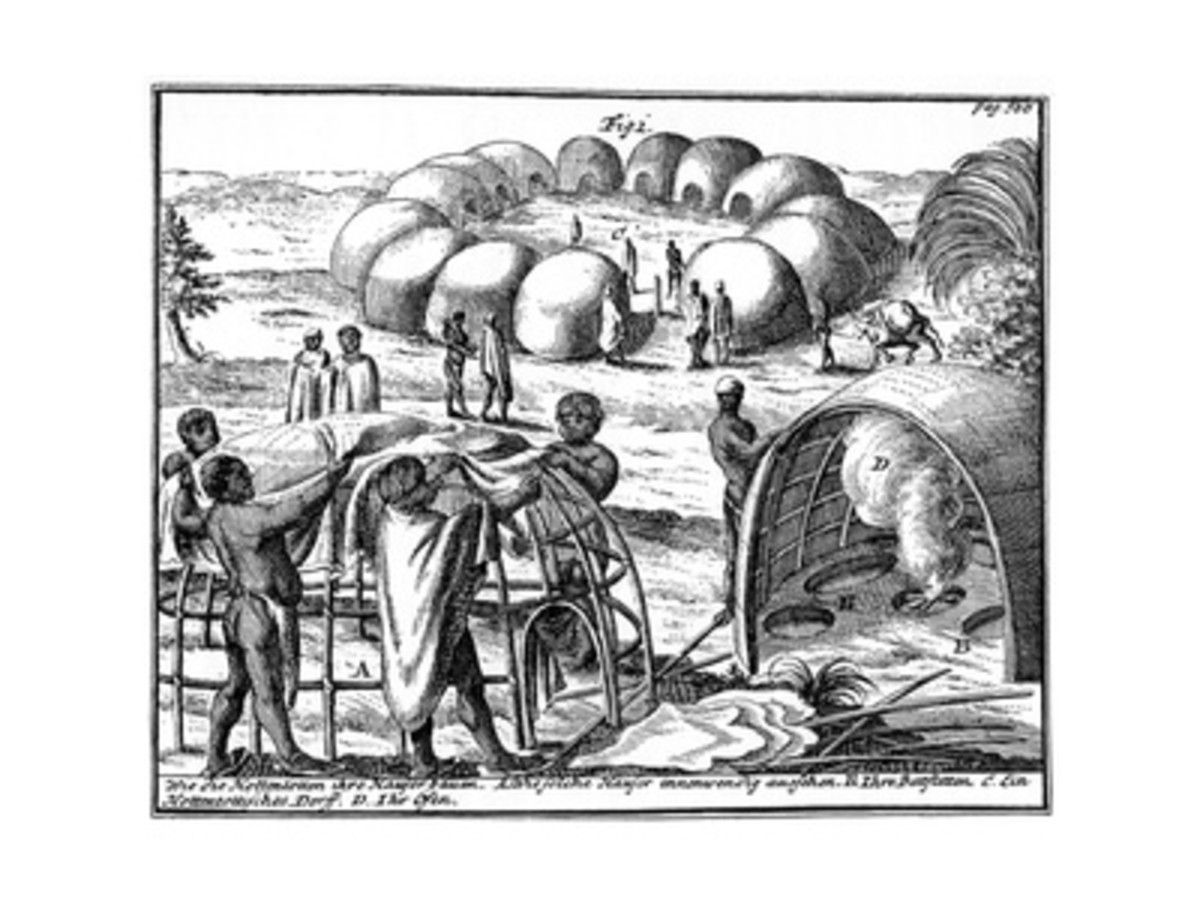- HubPages»
- Travel and Places»
- Visiting Africa»
- Travel to Western Africa
Getting Around in Dakar
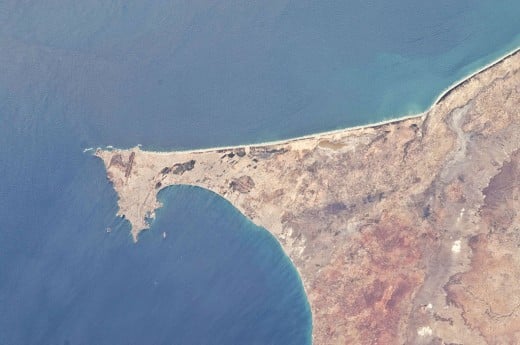
Dakar can be a difficult city to navigate around in. Crowded roads, packed buses, the size of a big city, language problems, and the blazing heat of much of the day, combine to make Dakar a tiresome object for a non-local traveller. Not all of these can be dealt with unfortunately, but with appropriate knowledge of the Dakar transport system, it can become much easier and less stressful to navigate around the city.
I expect that I will update this entry in the coming weeks with extra information about transport as I continue to become more aware of it. In some regards, I'll never be able to give full information, such as on driving in Dakar. However, this is something which is... not a good idea, as traffic in Dakar is intense, drivers aggressive, and conditions chaos. Rates are if I so understand, very high. It is generally better to not attempt to drive oneself and rely on alternate means of conveyance.
There are a variety of ways of getting around in Dakar.
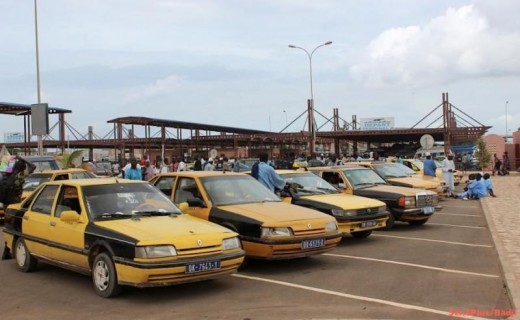
Taxi
Taxis are the most expensive way of transport in Dakar, although for Americans, this doesn't mean that they're expensive. In general, taxis across the city can cost around 2,500 CFA, while shorter distances can cost less. At certain tourist spots, prices can go up to 5,000 CFA. The cost of the ride should be negotiated for and arranged before one heads to the destination; there are not meters on Senegalese taxis, and so instead one arranges the prices. The importance is to keep prices to the relatively low levels aforementioned levels - 2,500 CFA is only around 4-5 dollars - and effective bartering with taxi drivers is key to this. Taxi drivers recognize that you are a foreigner (if you are one), and will charge you accordingly. My experience with taxi drivers has been that their command of both English and French is limited, but as long as you stay strong and know that you shouldn't be expecting prices more than 2,500 CFA, and generally less, you'll be ok. One should be careful to have change available, as taxi drivers tend to not have any, although this isn't always the case, so if there is no change at all in your pockets, don't be too dissuaded.. Also, some taxi drivers are not always familiar with some official landmarks, such as one not knowing the location of the assemblée nationale. As a result, make sure they know the location, or be prepared to give some additional direction. But most of the time, they tend to know their way around the city remarkably well. The worst that can be said is that they don't always take the routes you intend, so be clear and precise in the directions given and routes to take. Commonly in my case they would try to take a northern route between UCAD (the Dakar university) and the Yoff (a neighborhood residence where we were staying), which is longer or more arduous than the route by the central highway. Mentioning the preferred route will help avoid difficulties like this.
Even if the taxis fall into the above price range it might still be good to do some preliminary negotiations. For example, in taking a taxi from Yoff to the African Renaissance Monument, the cost proposed by the taxi driver was 2,500 CFA. This was not bad, I was prepared to accept it, but the other people with me said to bargain a bit more and I proposed 2,000 CFA, and the driver accepted. You almost always can get a lower cost.
A great benefit is that at least there are a huge number of taxis. Wherever you go in Dakar, there will be plenty available; finding a taxi is certainly not hard. Given their relative cheapness, especially for groups, taking taxis is a viable mode of transport for foreigners on semi-regular basis. Taxi drivers can also provide a means of communication with the Senegalese : they are sometimes a talkative bunch! But at the same time one can pass the ride in silence if desired. Of course, be polite and courteous to them in any case.
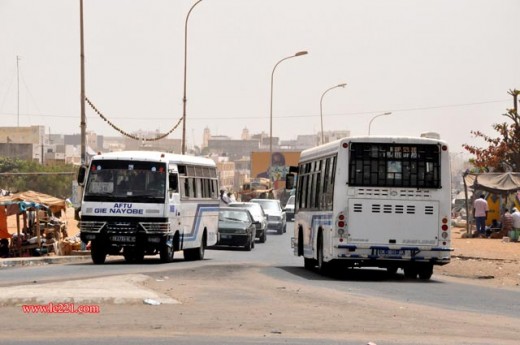
Bus
Buses are probably the best way of getting around in Dakar. Lines are clear to see, stop in many places, the bus is reasonably fast, the bus is cheap (especially if one isn't traveling in a group which makes taxis a competitive offer), and in the morning one might even be able to get a seat. Generally a bus ticket might cost 200 CFA at the bus itself, although they vary on the destination. Generally the ticket officers do not seem very picky, they accept 250 CFA, 200 CFA, and while I haven't tried any lower franc levels its possible they might be accepted. These ticket officers sit at the rear of the bus in a protecting cage. One hands them money and identifies one's destination, then they hand back the ticket. If one is too far from the ticket officer, one hands to somebody closer - sometimes a chain of multiple people can exist. Getting up to do this is generally either not a good idea given how crowded buses are and the possibility of one's seat to be stolen, or it simply being impossible to reach them due to the number of people inside.
As can be guessed from that statement, buses can get very crowded during rush hour, so much so that sometimes it is simply impossible to find a bus with any space available at this time. This represents the greatest problem for a bus; comfort. If one manages the feat of getting onto an empty bus or a bus being filled up, then a bus is reasonably comfortable. Nobody is going to come and sit on your lap, you'll definitely have somebody sitting next to you but nothing else more problematic. Standing however.... buses get extremely, extremely crowded. One will be packed in like a sardine in rush hour, and there will be people who will have to get off the bus which will pack you in further. Ironically the most "fun" position is the worst one; the last person on the bus on the ledge, hanging off over the highway as the bus rolls along. This produces a wonderful rush of air and a feeling of thrill, but I suppose that for the less... courageous, doing this as it goes at highest speed over a highway is less intoxicating, given the result of what would happen if one falls.
A site dealing with bus routes in Dakar is provided below;
Dakar Bus Routes
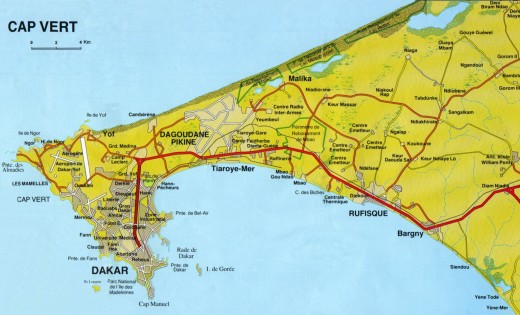
Car Rapide
In contrast to the name, car rapides are neither cars, and nor are they rapid. Car rapides are buses, recognized by their painted exterior. They tend to be decrepit in their appearance, akin to something from the 1960s that has survived until today with only a bit of maintenance. Despite this, on the inside they can actually be more comfortable than the regular buses, as they have proportionally more space devoted to seats, than standing space. They still get extremely crowded, and be prepared for the central aisles to be occupied by seats which will have to be raised and lowered and people brace to the sides to let people past. Their costs are generally quite low though, slightly below bus level. Car rapides follow fixed routes so far as I know, but their stops are relatively random, and this can make their journeys rather interesting.... I would advise only taking car rapides if one has a Senegalese guide to be able to direct one in their appropriate routes.
If one is concerned about danger, then car rapides also possess a higher accident rate, but frankly I doubt it is so high as to make it anything greatly important.
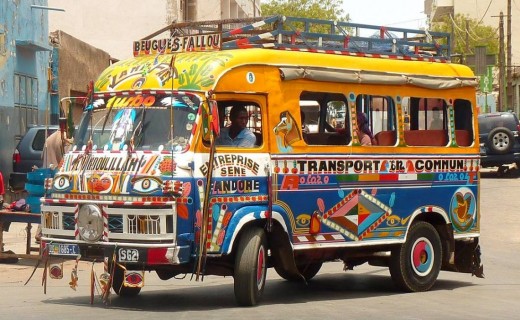
Walking
Naturally, there will be times when one has to walk. It can sometimes take a period of time to reach bus stops; I generally walk around 10 minutes in the morning to reach my bus stop. In the morning, walking is generally not hard. However, I would avoid it like the plague in the afternoon during the warmer months, as with the sun beating down it is distinctly unpleasant. In general, walking around Dakar is not really feasible for longer distances; this is a big city, and even relatively proximate positions can be kilometers away. Thankfully there are quite a number of pedestrian bridges throughout the city which makes it easy to cross over highways.
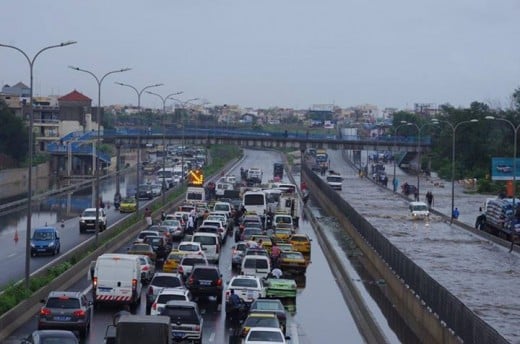
Type
| Cost
| Advantages
| Disadvantages
|
|---|---|---|---|
Taxi
| 1,000-2,500 CFA typicall
| Fastest, most comfortable, everywhere
| Relatively expensive, although even 2,500 CFA is only 4$. Groups are especially inexpensive, and taxis are generally willing to allow up to 5 people in.
|
Bus
| 200-250 CFA
| Reliable, stops at many locations
| Uncomfortable at rush hour, waiting time.
|
Car Rapide
| Generally below 200 CFA
| Sometimes more comfortable than main buses
| Even more hectic than buses, difficulty is further enhanced in mounting/dismounting, hard to know schedule
|
Walking
| Free
| Good exercise, flexibility
| Extremely long time walking, difficulty of physical exercise in summer
|
Special Transport
Probably not part of your standard movement in Dakar, but never the less something which might be undertaken, is a trip to Gorée island. This is done by a ferry, which is actually surprisingly pleasant, with the wind, sea, and sun (might be good to put sunblock on though - of course, this presumes one is top side, there is a climatized cabin but I never went into it). For accessing this ferry, one needs identification, and a passport - or a passport copy - is a necessity for a foreigner. Senegalese can get by with identity cards. The cost of the ferry is 5,000 CFA for foreigners if I recall. A ferry time schedule is listed below;
- Ile de Goree Ferry Schedule – Visiting Senegal
A time schedule for the ferry.
© 2017 Ryan Thomas

